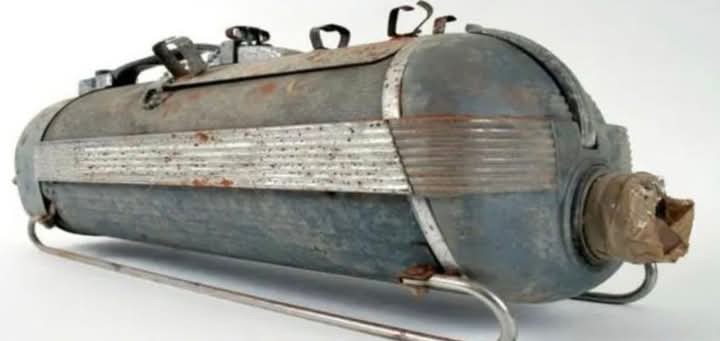“The Iron Lung: A Testament to Medical Ingenuity and Human Resilience”

ADVERTISEMENT
“The Iron Lung: A Testament to Medical Ingenuity and Human Resilience”
Introduction
Throughout history, medical advancements have often been driven by necessity, innovation, and a relentless determination to save lives. One of the most striking examples of this is the invention of the iron lung. This mechanical respirator became a lifeline for polio patients in the mid-20th century, serving as both a symbol of human ingenuity and a poignant reminder of the struggles faced during epidemics. In this article, we delve into the history, function, and legacy of the iron lung, highlighting its profound impact on medicine and society.
The Birth of the Iron Lung
The iron lung was developed in the late 1920s by Dr. Philip Drinker and Dr. Louis Agassiz Shaw, two professors at Harvard University. Its creation was a direct response to the devastating effects of poliomyelitis, a viral disease that often caused paralysis and respiratory failure. Before the advent of vaccines, polio epidemics swept across the globe, leaving thousands of patients reliant on artificial ventilation.
The first iron lung was a bulky, cylindrical device that used negative pressure to simulate the natural process of breathing. The patient’s body, except for the head, was enclosed within the chamber, which created a vacuum to expand and contract the lungs. While rudimentary by today’s standards, this invention provided a critical solution for patients unable to breathe independently, saving countless lives.
How the Iron Lung Worked
The iron lung functioned by mimicking the mechanics of breathing through negative pressure ventilation. A motorized pump created alternating pressure inside the chamber, forcing the chest to rise and fall. This process allowed air to flow in and out of the lungs, effectively keeping patients alive.
While the device was life-saving, it was not without challenges. Patients often spent weeks, months, or even years confined within the iron lung, which restricted their mobility and required constant care. Despite its limitations, the iron lung represented a breakthrough in respiratory support, paving the way for modern ventilators and intensive care technologies.
ADVERTISEMENT
The Human Side of the Iron Lung
For many, life inside an iron lung was both a physical and emotional ordeal. The device was loud, cumbersome, and isolating, often making patients feel trapped. However, the resilience and determination of those who depended on it were remarkable. Stories of patients learning to read, write, and even communicate while confined in the iron lung are a testament to the indomitable human spirit.
Communities and caregivers also played a vital role in supporting patients. Families, nurses, and volunteers worked tirelessly to ensure the comfort and well-being of those in iron lungs, demonstrating the power of compassion and collaboration during times of crisis.
The Legacy of the Iron Lung
The widespread use of the iron lung began to decline in the 1950s, following the introduction of the polio vaccine developed by Dr. Jonas Salk. As vaccination programs eradicated polio in many parts of the world, the need for the iron lung diminished. However, its impact on medical science remains significant.
The iron lung laid the foundation for modern mechanical ventilation and critical care practices. It also served as a catalyst for advancements in medical engineering, inspiring the development of more sophisticated and portable devices. Today, the story of the iron lung continues to remind us of the importance of innovation, resilience, and collective action in overcoming health challenges.
Conclusion
The iron lung stands as a testament to the power of human ingenuity in the face of adversity. While it was a product of its time, its influence extends far beyond the polio epidemic, shaping the future of respiratory care and critical medicine. As we reflect on its history, we are reminded of the resilience of patients, the dedication of caregivers, and the transformative impact of medical innovation. The iron lung is more than just a machine; it is a symbol of hope, perseverance, and the enduring human spirit.
ADVERTISEMENT




